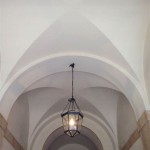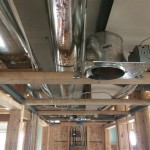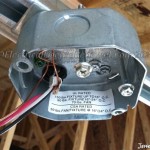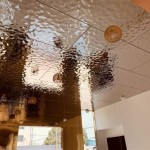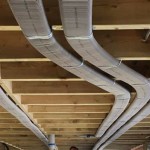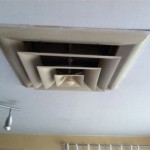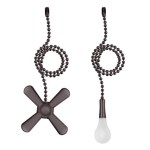Asbestos Ceiling Tiles: How to Tell if You Have Them
Asbestos, a naturally occurring mineral fiber, was widely used in building materials from the 1930s to the 1970s. Its versatility, fire-retardant properties, and affordability made it a popular choice for a variety of applications, including ceiling tiles. While asbestos has been banned from use in most applications since the 1980s due to its documented link to serious health risks, millions of homes and businesses still contain asbestos-containing materials (ACMs). If you suspect you have asbestos ceiling tiles in your home or business, it is crucial to understand how to identify them and how to proceed safely.
Visual Inspection
Identifying asbestos ceiling tiles can be a challenging task, as they often resemble other types of ceiling tiles. However, several telltale signs can help determine whether you have asbestos in your ceiling.
Firstly, check the appearance of the tiles. Asbestos ceiling tiles are typically flat, rectangular, and have a textured surface that might resemble popcorn, swirl, or a speckled pattern. They often come in various colors, including white, cream, beige, and gray.
Secondly, examine the edges of the tiles. Asbestos ceiling tiles frequently have a distinct, slightly rounded edge that differentiates them from other types of tiles. Lastly, check for any identifying markings on the tiles, such as the manufacturer's name, product code, or any asbestos-related symbols. While not all asbestos ceiling tiles have these markings, their presence is a strong indicator of ACMs.
Laboratory Testing
While visual inspection can provide clues about the presence of asbestos in your ceiling tiles, it is not conclusive. The only way to confirm the presence of asbestos is through professional laboratory testing.
A certified asbestos inspector can take carefully collected samples from your ceiling tiles and send them to an accredited laboratory for analysis. The laboratory will use specialized equipment to determine the presence and concentration of asbestos fibers in the samples. The results will provide definitive confirmation of whether your ceiling tiles contain asbestos and the level of risk associated with them.
Precautionary Measures
It is important to note that attempting to diagnose asbestos yourself using DIY methods is not recommended. Handling asbestos materials without proper training and safety equipment exposes you to significant health risks, as inhaling microscopic asbestos fibers can lead to serious respiratory diseases, including lung cancer, mesothelioma, and asbestosis.
If you suspect you have asbestos ceiling tiles, it is crucial to consult a licensed asbestos inspector. They can assess your situation, identify the presence of asbestos, and advise on the appropriate course of action.
If asbestos is confirmed in your ceiling tiles, the removal process requires specialized training and equipment, and should only be undertaken by qualified professionals.
Regardless of whether you have asbestos ceiling tiles, it is essential to minimize the risk of exposure by avoiding any attempts to disturb or remove them yourself. If you notice any damage to your ceiling tiles or have concerns about their condition, contact a professional asbestos contractor to ensure safe and compliant handling.

Types Of Asbestos The Ultimate Guide For Residential Homes Scott Home Inspection

What Do Asbestos Ceiling Tiles Look Like Removal Pro

What Do Asbestos Ceiling Tiles Look Like Removal Pro

5 Signs Your Ceiling Tiles Contain Asbestos Monterey Ca Disaster Kleenup Specialists

Ways To Identify Asbestos Ceiling Tiles Boggs Inspection Services

How Much Does Asbestos Ceiling And Tile Removal Cost

How Can I Tell If My Ceiling Tiles Are Made With Asbestos 123

Identifying Removing Asbestos Ceiling Tiles

Asbestos In Tiles How To Recognize And Remove

Asbestos Ceilings Removal Mick George
Related Posts

